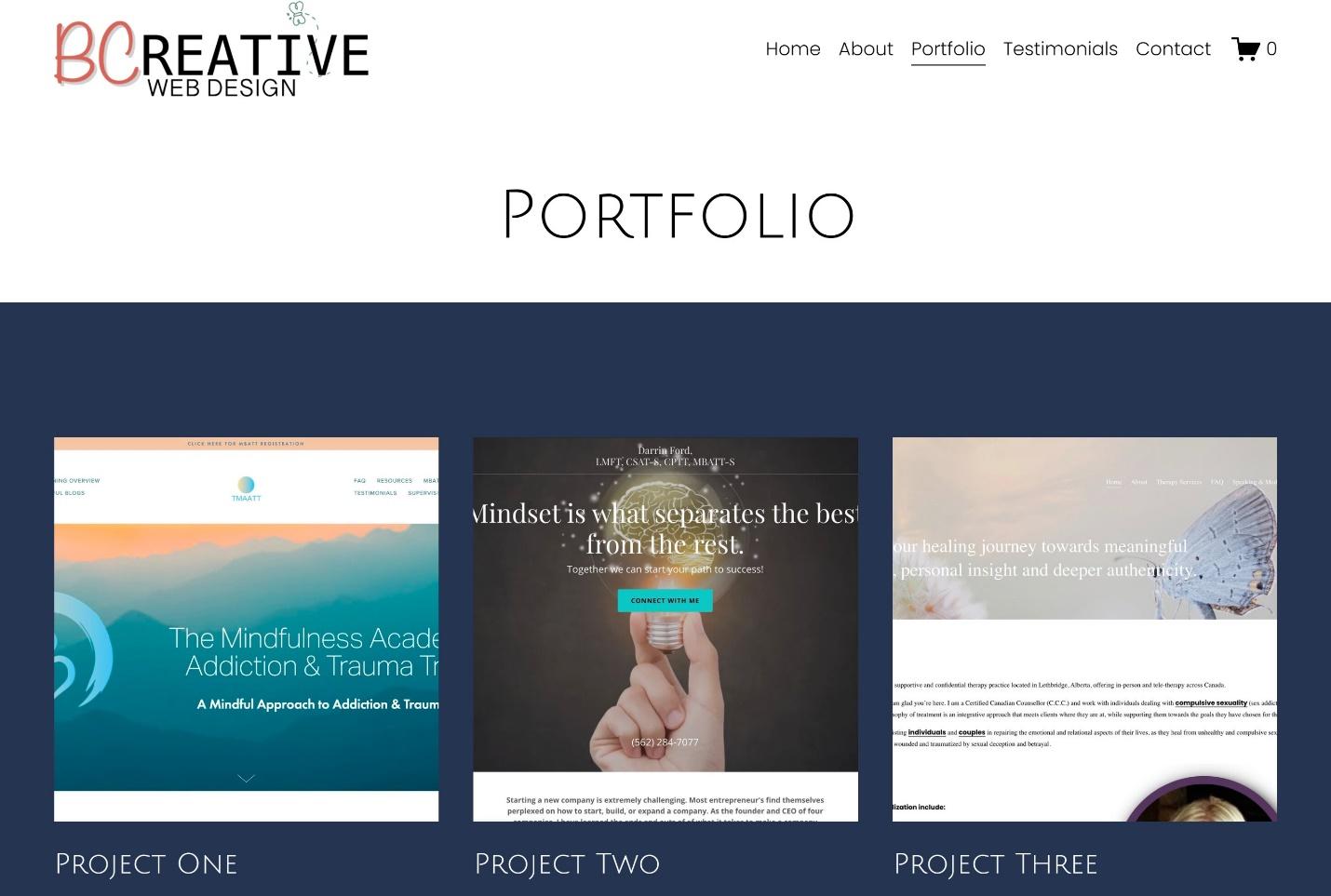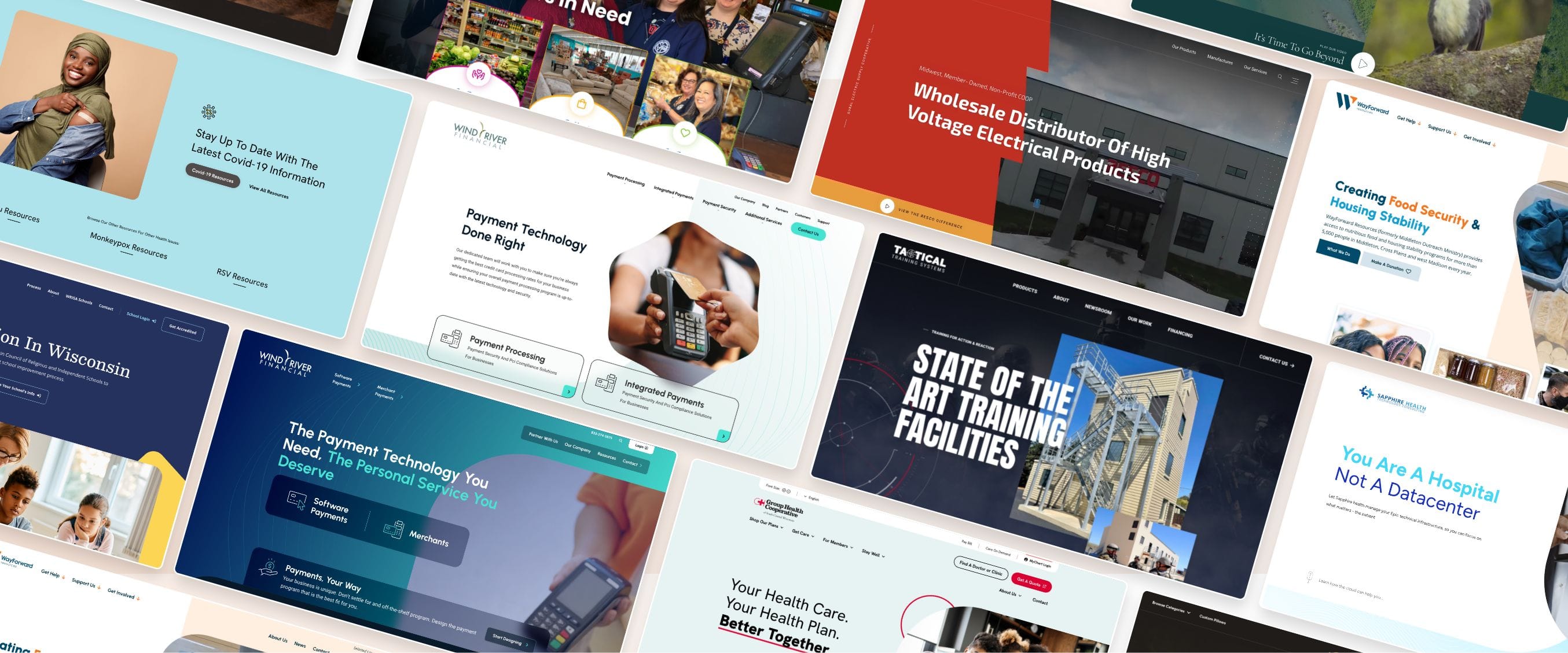Why Website Design in copyright Is Essential for Creating a Strong Online Presence
Crucial Tips for Crafting High-Impact Internet Site Layouts
In the realm of digital advertising, the style of a website serves as a critical touchpoint for involving possible clients. To produce high-impact internet site layouts, one should take into consideration crucial elements such as audience understanding, user experience, and aesthetic pecking order.
Understand Your Target Market
Recognizing your target market is fundamental to reliable website layout. An internet site that reverberates with its visitors is usually the outcome of thorough study and insights right into user demographics, preferences, and behaviors. Recognizing target users enables developers to tailor web content, visuals, and capabilities that fulfill their certain demands, improving engagement and fulfillment.
To effectively understand your target market, begin by performing group analyses to collect data on age, gender, location, and interests. This information works as a foundation for developing individual identities, which stand for the essential attributes of your target market. These personalities guide decision-making in style aspects and content technique, making certain positioning with user expectations.
Furthermore, analyzing user actions with tools like Google Analytics can disclose how visitors connect with your website. Metrics such as bounce prices and time on web page can highlight locations that require renovation or modification. User surveys and comments also supply important insights into choices and pain factors.
Eventually, a deep understanding of your audience is not just advantageous yet vital. It encourages developers to create even more pertinent, enticing, and practical sites that foster a favorable customer experience and drive desired results.
Prioritize Individual Experience
When making a web site, focusing on user experience (UX) is extremely important to accomplishing both individual fulfillment and business objectives. A well-crafted UX ensures that site visitors can browse the site easily, find the info they require, and engage with content effectively. To accomplish this, it is essential to take on a user-centered layout method that entails understanding user needs, preferences, and actions.
Start by performing complete study, including individual studies and usability testing, to gather insights into exactly how individuals connect with your website. This information need to inform design decisions, guaranteeing that designs and functions line up with individual expectations. Streamlined navigation is vital; site visitors must be able to find info rapidly without unnecessary clicks or confusion.

Last but not least, make certain that your website is easily accessible to all customers, consisting of those with handicaps. Abiding by accessibility standards not only expands your audience but also fosters inclusivity. By prioritizing UX, you lay the foundation for a successful website that meets both user needs and business goals.
Embrace Visual Hierarchy
A well-structured aesthetic power structure plays a substantial duty in boosting individual experience by assisting visitors' interest to the most important components of an internet site. By purposefully setting up material, designers can create a clear course for customers to comply with, ensuring they engage with important information effectively.

Additionally, the positioning of components on the web page is critical. Leading the visitor's gaze through the layout can be achieved by placing important info on top or in the center, where users typically begin their aesthetic journey. Incorporating whitespace around elements can additionally improve clearness, making it easier for users to refine info without feeling bewildered.
Last but not least, utilizing typography efficiently contributes to aesthetic pecking order. Different typeface styles, weights, and dimensions can signify importance, guiding individuals with the web content effortlessly. By accepting these principles, designers can produce an user-friendly experience that cultivates interaction and motivates users to explore better.
Maximize for Mobile
Mobile optimization is crucial in today's digital landscape, as a significant part of internet traffic originates from mobile devices. To make sure a seamless individual experience, websites need straight from the source to be designed with mobile individuals in mind. This entails utilizing receptive web style strategies that adapt the format, pictures, and message to fit various screen dimensions while maintaining performance and looks.
First, prioritize packing rate, as mobile users commonly operate slower networks. Minimize and enhance photos code to enhance performance. In addition, navigation must be intuitive; take into consideration executing a streamlined menu that enables very easy accessibility to important web pages without frustrating individuals.
Touch targets, such as web links and switches, must be appropriately sized, ensuring they are easily tappable without errors. Make certain that kinds are mobile-friendly by decreasing input areas and utilizing dropdowns where appropriate, improving the user experience.
Last but not least, examination your web site across different mobile phones and internet browsers to determine any type of issues that might impact functionality. By prioritizing mobile optimization, you not just enhance user satisfaction but additionally positively impact your website's internet search engine ranking, thus bring in even more visitors and boosting general engagement.
Implement Strong Branding
Developing a natural and identifiable brand name is basic to establishing a solid on the internet presence. A distinct brand not just differentiates you from rivals however additionally promotes trust and commitment amongst your audience. To apply strong branding, start by establishing a clear brand identity that envelops your mission, worths, and vision - website design copyright. This identification ought to be mirrored constantly throughout all digital touchpoints, including your internet site, social networks, and e-mail communications.
Visual aspects such as logo designs, color design, and typography play a vital duty in branding. Pick a color palette that reverberates with your target market and reflects your brand character. Make certain that your logo is flexible and prominently displayed on your web site, boosting brand recognition.
Web content is just as important; your tone of voice ought to line up with your brand name identification, whether it's specialist, pleasant, or authoritative. Engaging narration can better enhance your brand name, developing an emotional link with users.
Conclusion
Finally, crafting high-impact web site styles requires a diverse technique that includes comprehending the target market, focusing on individual experience, and welcoming aesthetic pecking order. Optimization for smart phones stays imperative, alongside the implementation of solid branding approaches. By integrating these components, internet sites resource can properly involve individuals, help with seamless navigating, and foster psychological connections that improve brand identity. Ultimately, adherence to these concepts adds to the development of effective and engaging electronic experiences that resonate with target audiences.
To produce high-impact website layouts, one should think about crucial aspects such as audience understanding, individual experience, and visual pecking order.When designing a web site, prioritizing individual experience (UX) is paramount to attaining both user contentment and company purposes.Start by carrying out comprehensive study, including individual studies and usability testing, to collect understandings into exactly look at this web-site how customers communicate with your website. To make certain a seamless individual experience, internet sites should be created with mobile customers in mind.In conclusion, crafting high-impact web site layouts necessitates a diverse strategy that encompasses comprehending the target market, focusing on user experience, and embracing visual power structure.